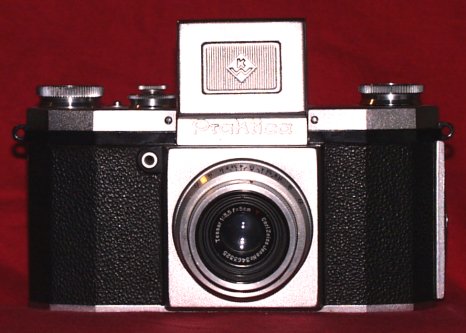Roger Hicks
Veteran
We totally agree on the latter, and on the form. I'm not suggesting for a moment that my research is right and yours wrong: it's a quarter of a century since I wrote A History of the 35mm Still Camera (Focal Press, 1984). Even so, I'd be grateful if you could provide references (ads, reviews) for full diaphragm automation before 1959. As I say, I'm as willing to admit that I wrong as to say I'm right, but I seem to recall nothing earlier...Wayno said:No, the Contax/Pentacon F models (and matching Zeiss automatic lenses) operate the same as the later Pentax models (like the Spotmatic), although I think there was a changeover period with "semi-auto" lenses.
I have (and use) one of those Auto-Takumars (a 3.5/35) with the button to re-cock the diaphragm. It's fun to use clunky early 35mm SLR technology every now & then, but I agree that it defeats the purpose of the format to some extent...
Cheers,
R.



